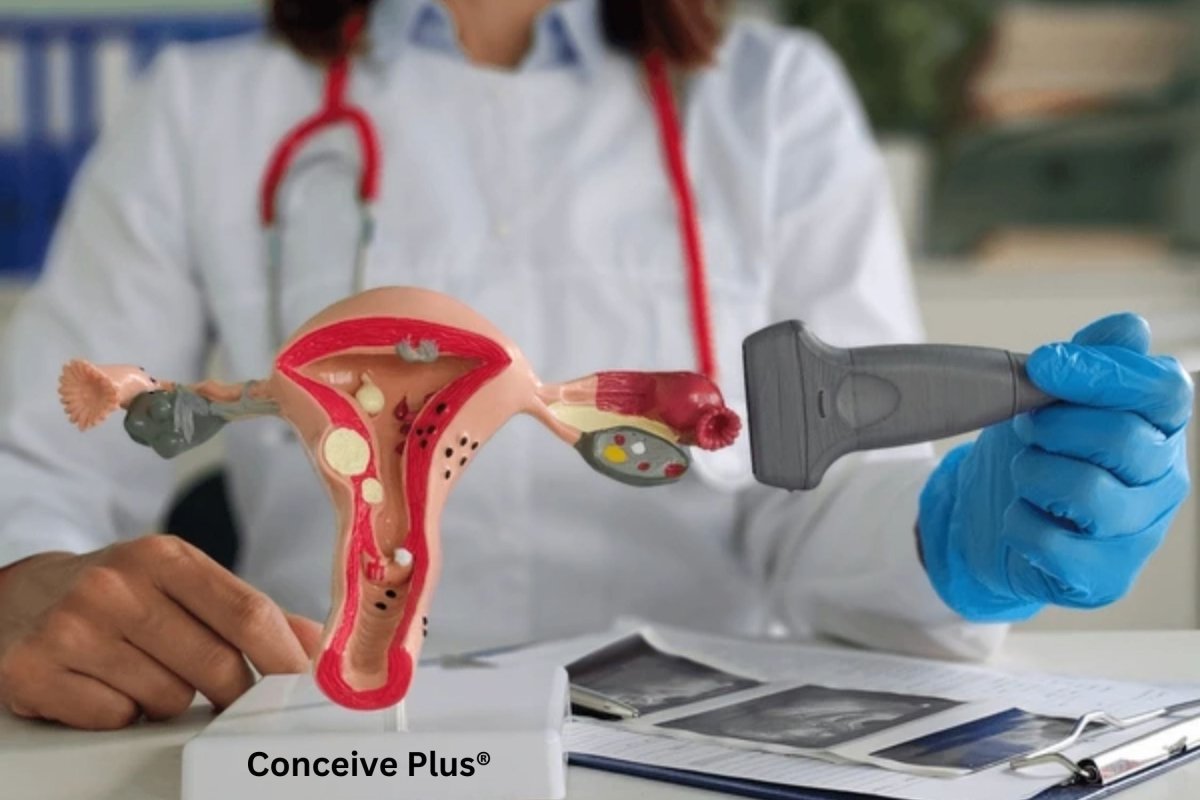Anteverted vs Retroverted Uterus: Understanding Uterine Positions

Do you know your uterine position? Did you ever wonder how that may impact your pregnancy? Uterus is a reproductive organ that does a lot for your body. It is responsible for menstruation, pregnancy, labor, and delivery. Uterus usually lies in different positions in the pelvis, that differs from one woman to another.
Terms like anteverted uterus and retroverted uterus are quite commonly in the uterine anatomy. These actually describe the position of the uterus within the pelvis. Most women have either an anteverted or retroverted uterus, but the difference in these positions rarely affects health or fertility. Let’s have a detailed look at the meaning of each of these uterine positions and learn how these differ from each other.
What Is Anteverted Uterus?
An anteverted uterus refers to a uterus that leans forward, toward the bladder. This is the most common position for the uterus, with around 50% of women having their uterus in this position. When the uterus is anteverted, it sits naturally in the pelvis, resting over the bladder, pointing toward the abdominal wall [1].
If you're wondering, what is an anteverted uterus? It simply means that the uterus tilts forward instead of being straight or leaning backward. In most cases, an anteverted womb causes no symptoms or health problems. Women with this uterine position are often unaware of it unless discovered during a pelvic exam or ultrasound. An anteverted anteflexed uterus is a slight variation where the uterus not only tilts forward but is also flexed or bent over itself, enhancing the forward tilt.
Anteverted Uterus: Commonality and Meaning
The anteverted uterus meaning simply refers to the forward tilt. It is often described as the default position for the uterus and is considered normal. During a pelvic exam, a healthcare provider might tell you that your uterus is anteverted in position, which is generally no cause for concern.
The uterine position anteverted is associated with minimal symptoms, though some women may experience increased bladder pressure. However, most women with an anterior uterus don't experience any significant health effects or symptoms related to their uterine position.
What Is a Retroverted Uterus?
In contrast, a retroverted uterus tilts backward toward the rectum. This condition, sometimes referred to as a "tipped uterus," is present in approximately 20-25% of women. In this position, the uterus faces the spine instead of the bladder, which is the opposite of an anteverted position of uterus [2].
The retroverted uterus can be congenital or develop later in life due to certain conditions like pelvic scarring, endometriosis, or fibroids. For many women, a retroverted uterus doesn’t cause any issues, though some may experience discomfort, particularly during intercourse or menstruation.
Anteverted vs Retroverted Uterus: Key Differences
When comparing anteverted vs retroverted uterus, the primary difference lies in the direction the uterus tilts. In an anteverted uterus, the uterus leans forward, while in a retroverted uterus, it tilts backward. These positions do not usually affect fertility or pregnancy. Both positions are considered normal variations in uterine anatomy.
However, in certain cases, a retroflexed uterus vs retroverted uterus can be another variation to consider. A retroflexed uterus is similar to a retroverted uterus but is more pronounced, with the uterus flexing backward. This position can sometimes cause discomfort or increased risk of pelvic pain.
Symptoms and Health Implications
Most women with an anteverted uterus will not experience symptoms. The forward-tilted uterus generally doesn’t interfere with reproductive health or normal bodily functions. In fact, it facilitates your pregnancy as we mentioned earlier. On the other hand, some women with a retroverted uterus may experience discomfort, particularly during bowel movements, sex, or menstruation. In severe cases, a retroverted uterus can cause back pain or pressure on the rectum.
If symptoms do occur in women with either uterine position, they are often manageable with over-the-counter medications or lifestyle adjustments. Importantly, neither anteverted nor retroverted uterine positions significantly affect fertility unless associated with underlying conditions like endometriosis or pelvic inflammatory disease (PID).
Uterine Position and Pregnancy
So let’s jump on probably the most important question- what is a anteverted uterus has to do with your pregnancy? Or how retroverted uterus can affect it? One common concern about uterine positions is that they affect pregnancy to some extent. The position of the uterus has no effect on sperm’s ability to reach the egg. However, if you have an extremely severe tilted uterus, it may interfere the sperm’s movement.
Women with an anteverted uterus or an anteverted anteflexed uterus can typically conceive without any additional complications. This forward tilt naturally facilitates the alignment of the uterus with the fallopian tubes and ovaries, making conception straightforward for most women.
On the other hand, women with retroverted uterus can also conceive normally, but some may face challenges if the uterus’s position makes sperm entry more difficult. However, as pregnancy progresses, the uterus typically adjusts to the growing fetus, moving into a more standard position. In rare cases, a retroverted uterus may cause discomfort during the first trimester, but these issues usually resolve as the pregnancy continues [3].
Diagnosis and Treatment
Uterine position, whether anteverted or retroverted, is typically diagnosed during a routine pelvic exam or ultrasound. Most women don’t need treatment for either condition unless symptoms are severe. In rare cases where a retroverted uterus causes significant pain or reproductive issues, treatments such as pelvic exercises, pessaries, or surgery may be recommended.
Final Thoughts: Uterine Positions and Health
The comparison of anteverted vs retroverted uterus highlights that these are both common and normal uterine positions. While the anteverted uterus is more common, a retroverted uterus is just a variation in anatomy and rarely causes significant health problems. Whether your uterus is anteverted or retroverted, it’s important to understand that these positions are typically not a cause for concern.
If you’re curious about your uterine position or experiencing symptoms, it’s best to consult with a healthcare provider. Consulting a reproductive endocrinology specialist can provide personalized insights into how your uterine position may affect fertility. Routine checkups and pelvic exams will help determine your uterine position and guide any necessary treatment. Additionally, taking fertility-supporting supplements containing ingredients like folic acid, CoQ10, and L-arginine may help enhance reproductive health.
Sources
- Ameer MA, Fagan SE, Sosa-Stanley JN, et al. Anatomy, Abdomen and Pelvis: Uterus. [Updated 2022 Dec 6]. In: StatPearls [Internet]. Treasure Island (FL): StatPearls Publishing; 2024 Jan-. Available from: https://www.ncbi.nlm.nih.gov/books/NBK470297/
- Cuete D, Hacking C, Elfeky M, et al. Retroverted uterus. Reference article, Radiopaedia.org (Accessed on 20 Sep 2024) https://doi.org/10.53347/rID-23069
- Divya Jacob, Pharm. D., Pallavi Suyog Uttekar, MD. What Is the Normal Uterus Position? Medicinenet[Internet]. Available from- https://www.medicinenet.com/what_is_the_normal_uterus_position/article.htm














